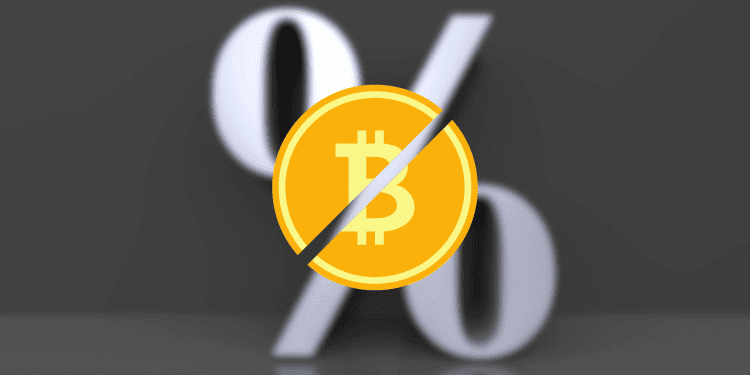- Data firm Block Scholes anticipates a 25% drop in Bitcoin’s hash rate within the first two weeks after the halving event.
- CleanSpark purchased 100,000 new Bitmain S21 Pro miners, increasing its total hash rate capacity to 23.4 EH/s ahead of the halving.
- The halving’s impact on miner revenue and the wait time for difficulty adjustment are expected to affect the hash rate recovery post-halving.
The upcoming Bitcoin halving in 2024 will reduce the block reward miners receive by 50%. This reduction has historically led to changes in the network’s hash rate and sparked shifts in mining operations as miners adjust. This article explores predictions around the potential effects of the 2024 halving and how miners are preparing.
Block Scholes Forecasts a 25% Hash Rate Drop
Block Scholes, an institutional Bitcoin data provider, anticipates the halving will lead to an immediate 25% drop in Bitcoin’s hash rate within the first two weeks. The firm highlights that there will be fewer blocks before the difficulty adjustment compared to past halvings. This means the network could see a more significant hash rate decline that takes longer to recover. Over the longer term, Block Scholes predicts hash rate will continue growing exponentially but at a reduced pace.
CleanSpark Upgrades Equipment and Expands Operations
Ahead of the halving, CleanSpark has upgraded its mining infrastructure and expanded operations. The company recently activated a data center in Dalton, GA, reaching over 17 exahashes per second (EH/s) in hash rate. CleanSpark also purchased 100,000 new Bitmain S21 Pro miners, boosting its total hash rate by 17 EH/s to 234 EH/s.
According to CleanSpark’s CEO, the S21 Pro’s improved efficiency will help the company maintain market share after the halving while reducing overall energy use. With miners facing reduced block rewards, both CleanSpark and the broader industry may undergo significant changes in the coming weeks as the halving approaches.
Conclusion
The upcoming halving will likely lead to a temporary decline in Bitcoin’s hash rate as revenue for miners is cut in half overnight. However, difficulty adjustments and improved mining equipment should allow hash rate to rebound in the months after. The halving will force mining operations to become more efficient. As a result, the event could catalyze industry shifts as miners adjust their business models and hardware to account for reduced block rewards.














